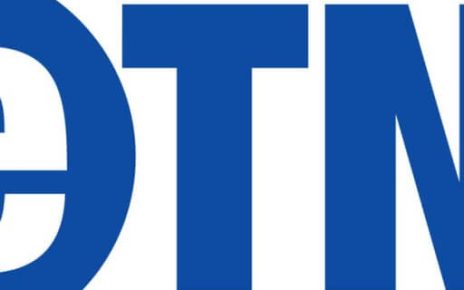The first meeting of the Committee for Made in Italy was held at the Ministry of Foreign Affairs and International Cooperation.
Participating was the Ministries of Economy and Finance (MEF), Agriculture and Food Sovereignty, and Forestry and Tourism. The Committee for Made in Italy in the world (CIMIM) is made up of a body set up by the government last November and is co-chaired by the Ministry of Foreign Affairs and International Cooperation, the Ministry of Enterprise, and Made in Italy.
Why was CIMIM born?
The Deputy Prime Minister and Minister of Foreign Affairs and International Cooperation, Antonio Tajani, opened the proceedings by emphasizing the value of this innovation wanted by the government to merge the governance of the activities supporting the internationalization of Italian companies and emphasizing the importance of enhanced concretion between the institutions involved.
“With the establishment of CIMIM, we wanted to enhance the connection activity in all the various phases we make of which this activity [is made] up, and this starts from the definition of the strategic guidelines that will guide our action, which we will be called to adopt at the next meeting of the internationalization control room that we will host here at the FARNESINA (Ministry of Foreign Affairs and International Cooperation) on January 31,” Tajani said.
“We intend to bring to the approval of the cabin, a strategy that looks above all to our neighborhood, with particular attention to the Balkans…”
“…to which the conference I wanted to organize in Trieste on January 24 was dedicated together with the Mediterranean and Africa to broaden our gaze towards markets full of opportunities for our businesses such as Latin America for example.”
The Minister of Enterprise and Made in Italy, Adolfo Urso, speaking of the committee, underlined: “It is one of the first acts of this government. It demonstrates the unitary spirit of the forces that make up this executive, a cohesion which is a new element and which allows to quickly find a summary also on the promotion of Made in Italy in the world.”
“Italy must create a system to govern the new globalization processes.”
Strategies for growing abroad
Minister Urso added that “CIMIM will serve to give strategic guidelines to accompany companies in their growth in foreign markets – the control room will define policies for the internationalization of Italy.”
In conclusion, he stated that CIMIM represents “a first place to measure the control room for internationalization, in addition to the development of activities related to the Space and Blue Economy.”
The Minister of Economy and Finance, Giancarlo Giorgetti, focused on the competitiveness of Italian companies in international markets which “is one of the main strengths of the Italian economy. Within the overall strategy of the government on internationalization, the initiatives of the MEF to develop the capital market will favor the attraction of investors and funds in Italy.”
The Minister of Agriculture, Food Sovereignty and Forests, Francesco Lollobrigida, emphasized the fact that Italy is known: “…In the world for the quality and richness of italian agri-food productions. The Ministry of Agriculture, Food Sovereignty and Forestry has the honor of supporting and enhancing Italian agri-food in our nation and in the world, protecting it against the Italian sounding phenomenon, promoting the marketing of our products and transmitting our ability to transform foods into works of art. I believe that it is necessary for each ministry to direct promotional strategies as far as it is concerned, using the Control Room and each body connected to its components.”
“Tourism can and must be the main access key to the promotion of Made in Italy.”
This was pointed out by the Minister of Tourism, Daniela Santanchè, who added: “so much so that visitors from all over the world often and willingly choose Italy precisely because of the typical products and excellences that distinguish our territory – from food and wine, to fashion, to name two examples.
“Tourists want to find out where and how Made in Italy was born, what are the roots that make it absolutely unique, and that no imitation can ever replace. The idea is, therefore, in a synergistic perspective, to import into the tourism sector the winning communication strategy with which other sectors, such as the automotive and fashion, have been able to promote and sell the Made in Italy brand very well.”





